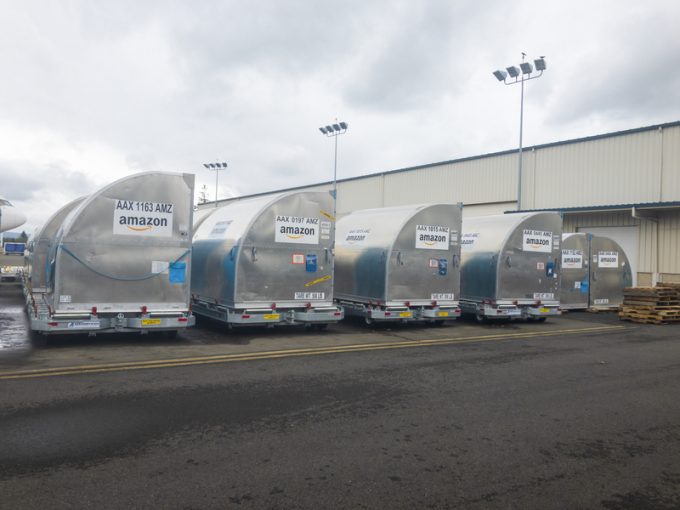DHL expands agreement with Shopify – where does that leave Flexport?
UPDATED 16.00 BSM 27.5.25 TO INCUDE DHL INPUT ON SERVICES AND FLEXPORT DHL is continuing to ...

With more cargo planes about to join its dedicated fleet, Amazon’s freighter operation is on course to climb to about 160 flights a day by late spring, almost double where it was last May.
The expansion is positioning Amazon Air to move ahead with its plans ...

Comment on this article